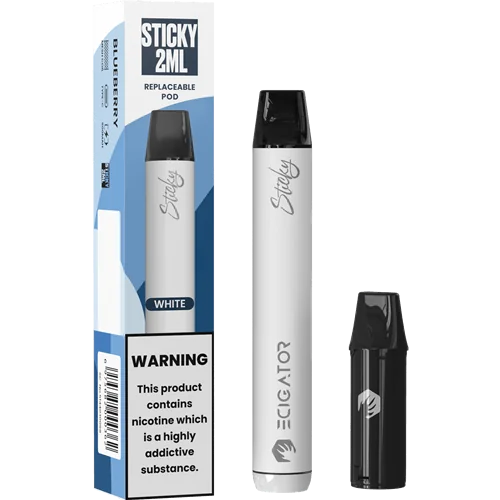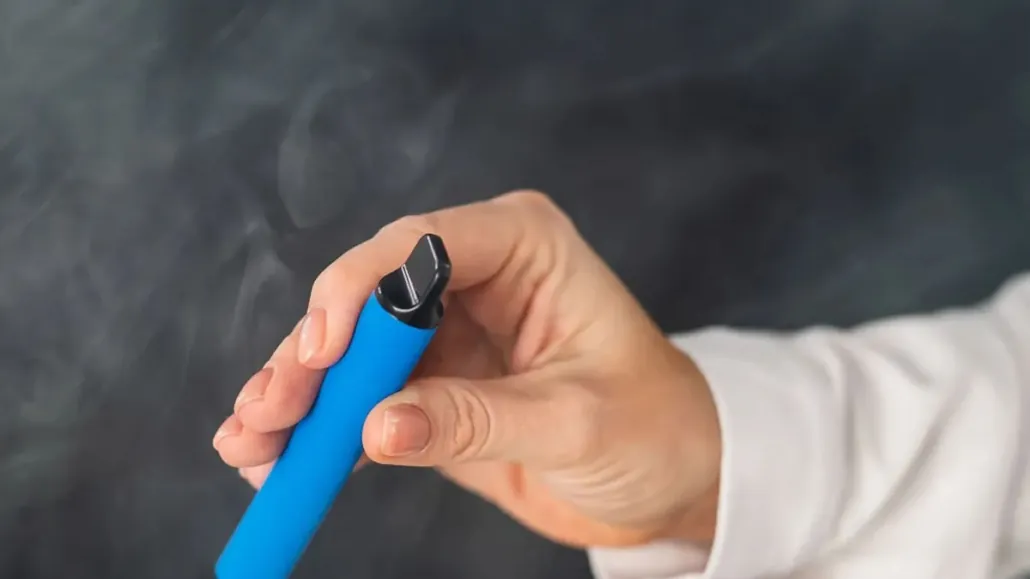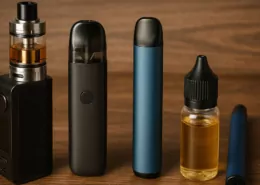How Long Vape Nicotine Stays in Your Body System
In the ever-evolving landscape of nicotine consumption, vaping has emerged as a popular alternative to traditional cigarettes, attracting individuals who seek a safer and less toxic way to satisfy their cravings. As more people embrace this method, it becomes increasingly important to understand the intricacies of how long nicotine from vaping remains in the body and what factors influence its presence.
Typically, nicotine from vaping lingers in the system for 24 to 72 hours, but this timeframe can vary based on a multitude of factors, including age, genetic makeup, and dietary habits. This article delves into the nuances of nicotine’s presence in the body, explores the various testing methods available, and offers practical strategies for accelerating its elimination.
Understanding the Longevity of Vape Nicotine in Your System
When it comes to the duration of nicotine’s presence in the body, vaping follows a similar pattern to other forms of nicotine consumption. After exposure, nicotine remains detectable in the system for 24 to 72 hours, after which most tests will yield negative results. However, it’s crucial to note that cotinine, a metabolic byproduct of nicotine, can linger for up to three weeks, making it a primary target for many nicotine detection tests.
Several key factors play a role in determining how long nicotine stays in your system:
- Nicotine Concentration: The nicotine content of your vape liquid is a primary determinant, with most devices containing 30mg to 60mg of nicotine per ml of fluid. Higher concentrations lead to a more prolonged presence in the body.
- Frequency of Use: Regular vaping leads to a gradual accumulation of nicotine in the bloodstream, extending its stay in the system.
- Genetic Makeup: Individual variations in metabolism can significantly impact the speed at which nicotine is processed and eliminated from the body.
- Liver and Kidney Function: Efficient liver and kidney function are essential for effectively clearing nicotine from the system.
- Age: As we age, our bodies tend to retain nicotine for longer periods.
- Diet and Eating Frequency: Consuming antioxidant-rich foods, such as garlic, can help accelerate the clearance of nicotine from the system.
- Gender and Hormonal Differences: Females generally eliminate nicotine more quickly than males due to hormonal variations.

Navigating the Nicotine Testing Landscape
When it comes to detecting the presence of nicotine in the body, several testing methods are commonly employed, each with its own strengths and limitations.
1. Blood Test
As the most widely used method, blood tests involve collecting a sample and analyzing it for the presence of nicotine. Nicotine molecules can be detected for up to 3 days post-vaping, while cotinine remains traceable for up to 10 days. However, blood tests can occasionally produce false positives due to the presence of thiocyanate, a compound found in both nicotine and certain foods like cabbage.
2. Urine Test
Urine tests offer a non-invasive alternative, requiring the immersion of a test kit in a urine sample for 2 to 4 minutes. Nicotine can be detected in urine for up to 4 days after vaping, while cotinine remains detectable for up to 21 days. This method is favored by insurance providers and employers for its accuracy and cost-effectiveness, as it can identify six times more cotinine than blood tests.
3. Saliva Test
Saliva tests involve collecting a saliva sample and sending it to a lab for analysis. Nicotine can be detected in saliva for up to 4 days after vaping. While this method is non-invasive and affordable, it does not provide immediate results like urine tests.
4. Hair Follicle Test
For long-term nicotine exposure detection, hair follicle tests are the go-to method. A strand of hair close to the scalp is collected and sent to a lab for analysis. Nicotine can be detected in hair follicles for 3 to 12 months, making this test ideal for rehabilitation, medication, and legal purposes. However, results from hair follicle tests take longer to obtain compared to other methods.

Strategies for Accelerating Nicotine Elimination
If you’re aiming to test negative for nicotine, the most effective approach is to stop vaping altogether. However, for seasoned vapers, the high concentration of nicotine in their system can make this a challenging task. Fortunately, there are several strategies you can employ to expedite the metabolism of nicotine in your body:
1. Stay Hydrated
Drinking ample amounts of water is crucial for supporting the body’s natural detoxification processes. Aim to consume at least two liters of water daily to boost your metabolic rate and curb cravings.
2. Engage in Regular Exercise
Physical activity increases your heart rate and promotes waste removal through sweat. Incorporating regular exercise, such as jogging, rope jumping, or playing sports, can not only help eliminate nicotine but also alleviate withdrawal symptoms and cravings.
3. Embrace an Antioxidant-Rich Diet
Antioxidants play a vital role in promoting waste decomposition in the body. Incorporating antioxidant-rich foods like broccoli, carrots, potatoes, and spinach into your diet can help expedite the removal of nicotine and other toxins. Additionally, dietary supplements such as vitamins C, E, and beta-carotene can provide an extra boost, but it’s important to consume them in moderation to avoid potential adverse effects.

Ecigator Sticky Prefilled Pod Kit
The Ecigator Sticky Prefiiled Replaceable Vape Pod Kit is new kind of vape kit which the prefilled disposable pod can be changed.
That means you don’t need to throw away the whole kit but just change another pod. Also you can change the pods to taste different flavors.
Navigating the Challenges of Nicotine Withdrawal
Quitting nicotine vaping is a commendable step towards improving your health, but it’s important to be prepared for the potential withdrawal symptoms that may arise. Common experiences include cravings, restlessness, anxiety, and weight gain due to increased hunger pangs. These symptoms typically subside after 2 to 4 weeks as your body adjusts to the absence of nicotine.
To successfully navigate the challenges of nicotine withdrawal, consider the following tips:
- Focus on Your Goals: Remind yourself of the reasons behind your decision to quit vaping. Create a list of these motivations and refer to it whenever cravings strike.
- Seek Support: Surround yourself with a supportive network of family and friends who can offer encouragement and help distract you from cravings.
- Stay Occupied: Engage in constructive activities during times when you would typically vape to keep your mind and hands busy.
- Practice Coping Techniques: Drinking water, engaging in light exercise, and delaying action on cravings can help you develop resilience and adapt to a vape-free lifestyle.
- Evaluate Your Social Circle: If your current social group triggers cravings, consider spending less time with them or exploring new hang-out spots that don’t revolve around vaping.
- Employ Distraction Techniques: When in the presence of someone vaping, reach for water or chewing gum to divert your attention and overcome the urge to join in.
Exploring the World of Nicotine-Free Vaping
For those who aren’t ready to completely give up vaping, nicotine-free options offer a compelling alternative. Unlike traditional cigarettes, vape devices can accommodate a wide range of oils and juices, including nicotine-free varieties like ice menthol and blue raspberry, which come in various sizes.
Nicotine-free vaping allows you to enjoy the thrill of vaping without the detrimental effects associated with nicotine. This approach is particularly beneficial for individuals who are new to vaping and want to gain experience without the risk of addiction. Additionally, nicotine-free vape juices often come in larger packages, making them more environmentally friendly and cost-effective in the long run.

The Final Puff
In conclusion, the duration of vape nicotine’s presence in your system can range from 3 to 4 days, with metabolic products potentially lingering for up to a year, depending on the quantity consumed. Factors such as metabolic rate, age, gender, health, and genetic predisposition all play a role in determining how quickly nicotine is eliminated from the body.
To accelerate the removal of nicotine, consider implementing lifestyle changes such as increasing water intake, engaging in regular exercise, and consuming antioxidant-rich foods. Remember, the journey to a nicotine-free life may come with challenges, but with the right mindset, support, and coping strategies, you can successfully navigate the path to better health and well-being.
- Is Vaping While Driving Illegal in North Carolina? - June 29, 2025
- Vaping Laws in North Carolina –A Comprehensive Guide for 2025 - June 29, 2025
- Is Vaping While Driving Illegal in New Mexico? - June 28, 2025








